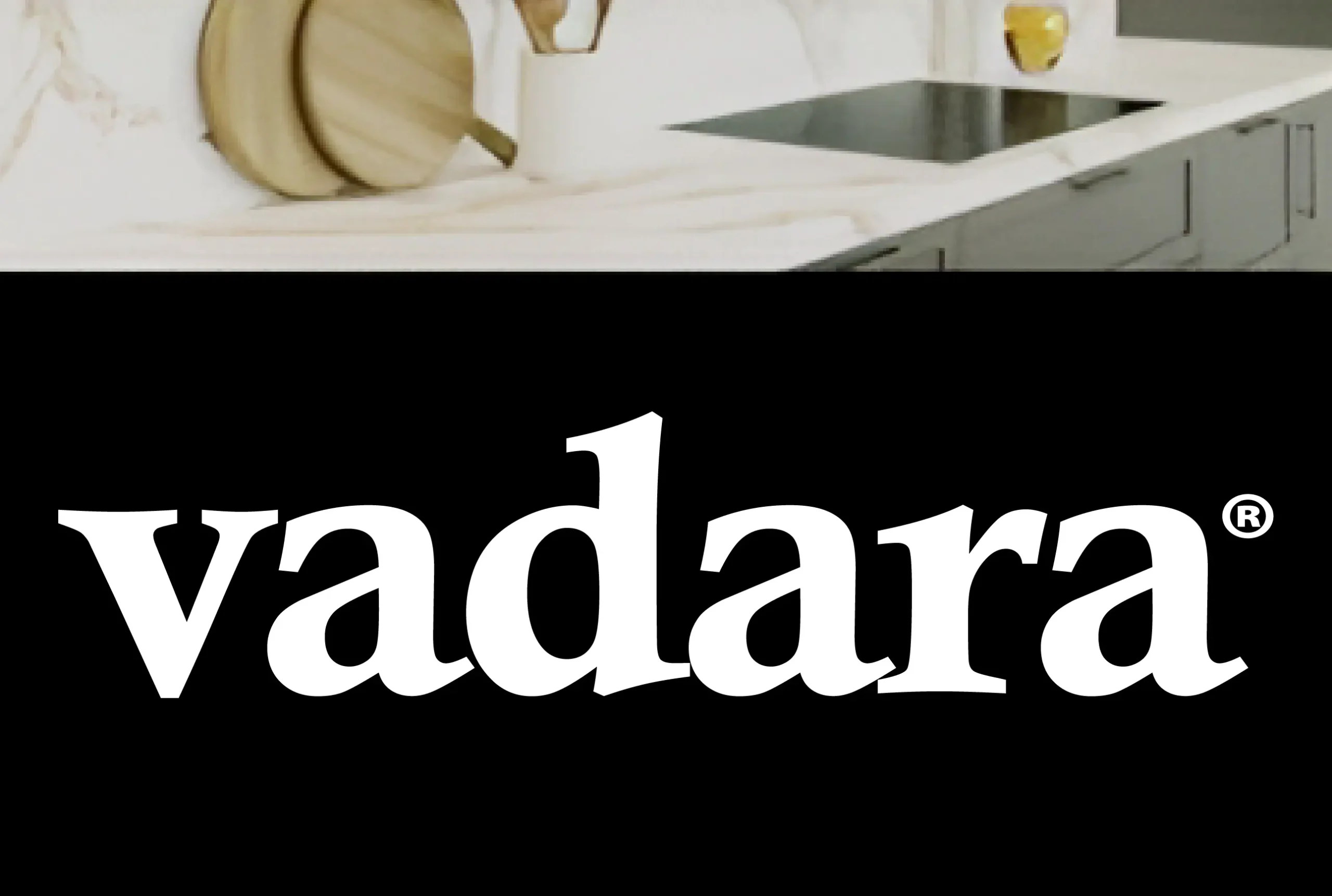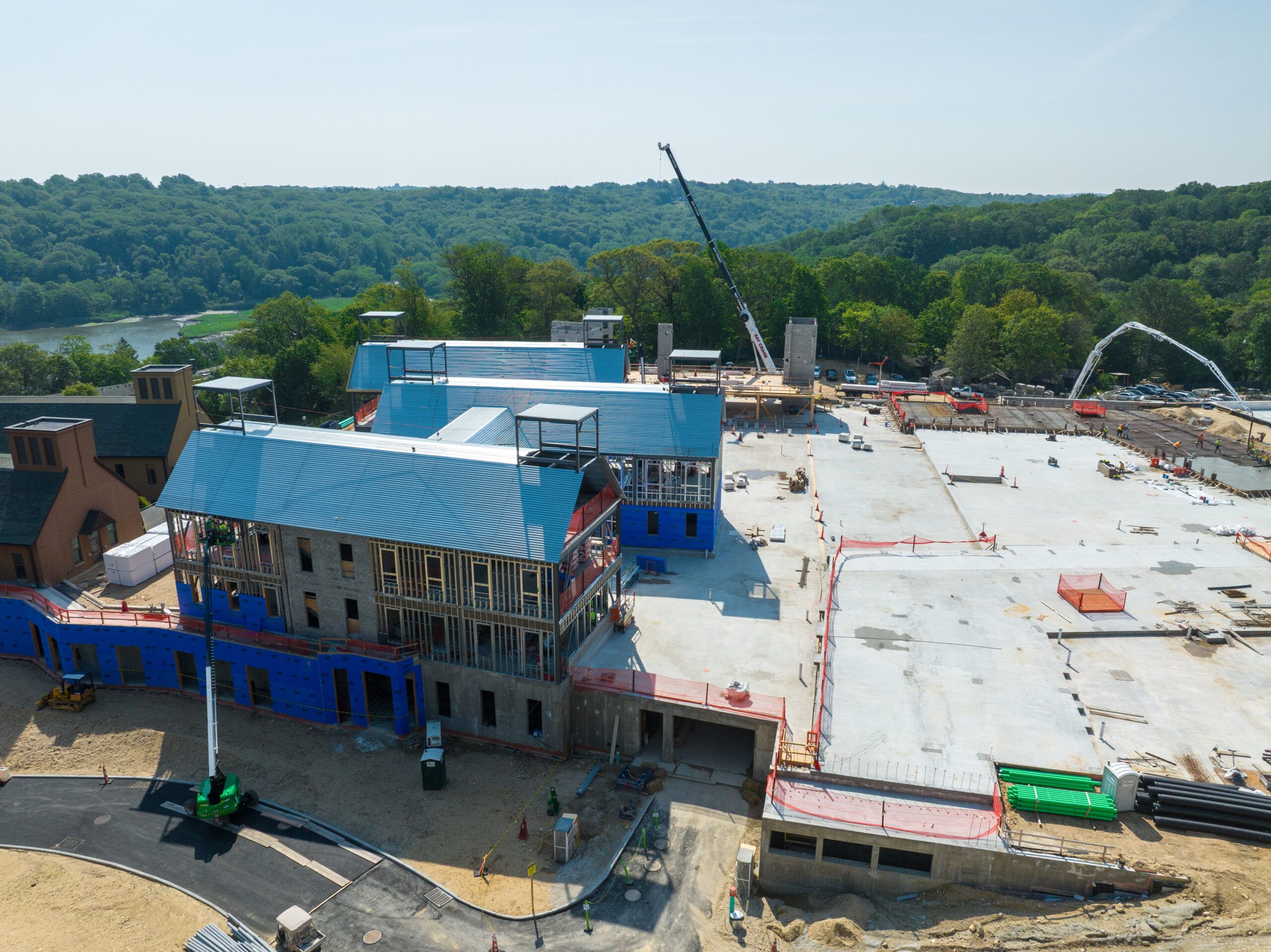Asbestos was once hailed as a miracle material in construction due to its resistance to heat, chemicals, and electricity. However, it’s dangerous health effects have since made it a material of concern, especially in buildings constructed before the 1980s. Even today, many property owners are unaware of its presence until it becomes a serious issue.
If you own or manage a property, it’s critical to know the warning signs of asbestos so you can take action before anyone is exposed to its harmful fibers.
5 key signs your property may contain asbestos and what steps to take if you suspect it’s there.
1. Your Building Was Constructed Before the 1980s
One of the most common indicators of asbestos presence is the age of the property. Asbestos was widely used in commercial and residential construction materials until the late 1970s. If your building was constructed or renovated before 1980, there’s a significant chance that asbestos-containing materials (ACMs) were used.
Common asbestos-containing components include:
- Pipe insulation
- Floor tiles
- Ceiling tiles
- Roofing materials
- Wall insulation and plaster
If your building fits this age range, it’s worth scheduling a professional asbestos survey.
2. Old Floor Tiles or Adhesives Are Cracking or Lifting
Many older 9×9-inch vinyl floor tiles were made with asbestos, as were the adhesives used to install them. If your property has original flooring that is starting to crack, lift, or degrade, it could be releasing asbestos fibers into the air especially if disturbed during renovations.
The same applies to sheet flooring and linoleum with backing materials that may contain asbestos. Never sand, scrape, or remove these materials without professional guidance.
3. Spray-On Ceiling Textures (Popcorn Ceilings)
“Popcorn ceilings” were popular in mid-20th-century buildings and often contained asbestos to improve fire resistance and soundproofing. If your property features these textured ceilings, especially if installed before the 1980s, they may pose a risk particularly if they are cracking or flaking.
Disturbing these materials during painting, renovations, or maintenance work can release dangerous fibers into the air, putting both occupants and workers at risk.
4. Deteriorating Insulation Around Pipes or Boilers
Asbestos was commonly used as pipe wrap and boiler insulation in industrial and commercial buildings. Over time, this insulation can become brittle and begin to break down. If you notice white, gray, or brown fibrous material flaking off old insulation, it may be asbestos.
This is a serious concern, especially in mechanical rooms, basements, or crawl spaces. Don’t attempt to remove or even touch this insulation without consulting professionals.
5. You’re Planning Renovations in an Older Building
Renovation projects often uncover hidden asbestos that wasn’t previously an issue. Cutting into walls, removing tiles, or replacing HVAC systems can expose ACMs, creating a health hazard for both workers and building occupants.
Even if you don’t see clear signs of asbestos, it’s always wise to have an asbestos inspection from professionals like GAC Environmental before beginning any demolition or remodeling work in older buildings.
What to Do Next If You Suspect Asbestos
If any of the above signs apply to your property, do not attempt to test or remove the materials yourself. Asbestos fibers are invisible to the naked eye and can remain airborne for hours once disturbed.
Here’s what you should do:
- Contact a licensed asbestos abatement professional to perform a survey or inspection.
- Avoid disturbing the suspect material—don’t drill, cut, scrape, or clean it.
- Inform your staff or tenants not to touch or interfere with the area.
- Schedule testing and lab analysis to confirm the presence of asbestos.
- If asbestos is confirmed, proceed with a safe, regulated abatement process.
Professional companies specialize in asbestos abatement and hazardous material removal for commercial and industrial properties. They follow all OSHA and EPA guidelines to ensure the safety of your facility, employees, and environment.
Whether you suspect asbestos or are planning renovations, our certified experts can assess the risk and help you move forward with peace of mind.
Final Thoughts
The danger of asbestos lies not just in its presence, but in its disturbance. Many buildings still house asbestos materials that are safe until something triggers their breakdown. By knowing the signs and acting quickly, you can protect everyone on your property from serious health risks like mesothelioma, lung cancer, and asbestosis.











